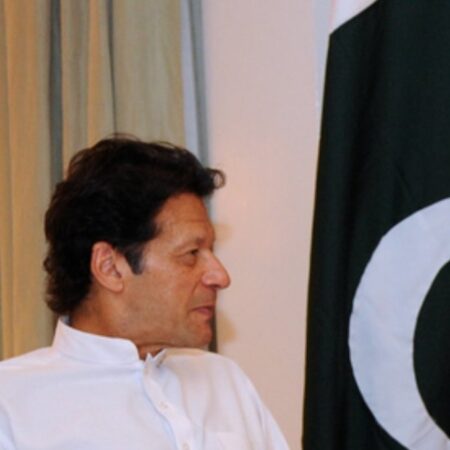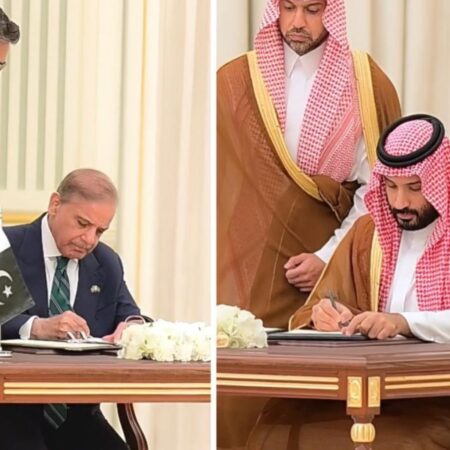The most recent broad tariffs imposed by US President Donald Trump on US trading partners are now in effect.
The additional levies on goods imported from the 60 nations he names as the “worst offenders” range from 20% to 104% for Chinese goods.
Economists caution that Trump’s tariffs might hurt the global economy and raise prices for consumers in the US and abroad, despite his claims that they will strengthen the US economy and preserve employment.
How do tariffs operate and what are they?
They are usually expressed as a percentage of the product’s value. A 25% tariff, for instance, would result in an extra $2.50 (£1.90) fee for a commodity that costs $10 (£7.59).
A $10 commodity would be subject to an additional $10.40 tax due to the 104% tariff on Chinese exports.

Businesses that import items into the nation are required to pay taxes to the government.
Taxes imposed on commodities purchased from other nations are known as tariffs.
Businesses may decide to pass on all or part of the expense to their clients.
Why is Trump using tariffs?
Trump has maintained that the US should impose tariffs to strengthen its economy for decades.
According to him, they will boost tax revenue, encourage US consumers to purchase more American-made goods, and attract significant investment to the US.
Trump wants the value of the things the US sells to other nations to be less than the value of the goods it purchases from them. He contends that foreigners have “pillaged” America and that “cheaters” have exploited it.
In addition to tariffs, the US president has made other requests. He stated he wanted China, Mexico, and Canada to do more to prevent illegal narcotics and migrants from entering the United States, so he announced the first one during his current administration.
Although Trump has vigorously defended his tariff approach, a rising number of powerful Republicans have joined opposition Democrats and international leaders in denouncing the policies.
Ben Shapiro, a co-founder of the Daily Wire and a longtime Trump supporter, said the messaging behind them was unclear and that they might have disastrous economic effects.
What are Trump’s ‘reciprocal tariffs’?
On April 5, Trump announced that all imports into the US would be subject to a minimum 10% tariff.
Among the nations whose commodities are subject to this “baseline” fee are the UK, Argentina, Australia, Brazil, and Saudi Arabia.
On April 9, much larger duties were imposed against 60 other nations.
These include 20% on EU goods, 49% on Cambodian items, and 46% on Vietnamese imports.
Tariffs of 54% were to be applied to Chinese imports (34% on top of the existing 20% rate). However, as China pledged to “fight to the end” and refused to revoke its own 34% retaliatory tariffs on the US, Trump raised this to 104%.
The additional tariffs were referred to as “reciprocal” by White House officials.
Reciprocal would imply that they were determined by the sum of the tariffs that nations currently impose on the US as well as the price of removing non-tariff obstacles like rules.
Not all of the nations on the list have experienced this, though.
Rather, the tariff rate was determined by assuming that it would close the goods trade imbalance between the United States and each of the countries.
Despite buying more from the US than they sell to it, certain nations, like the UK, have been subject to tariffs.












No Comment! Be the first one.